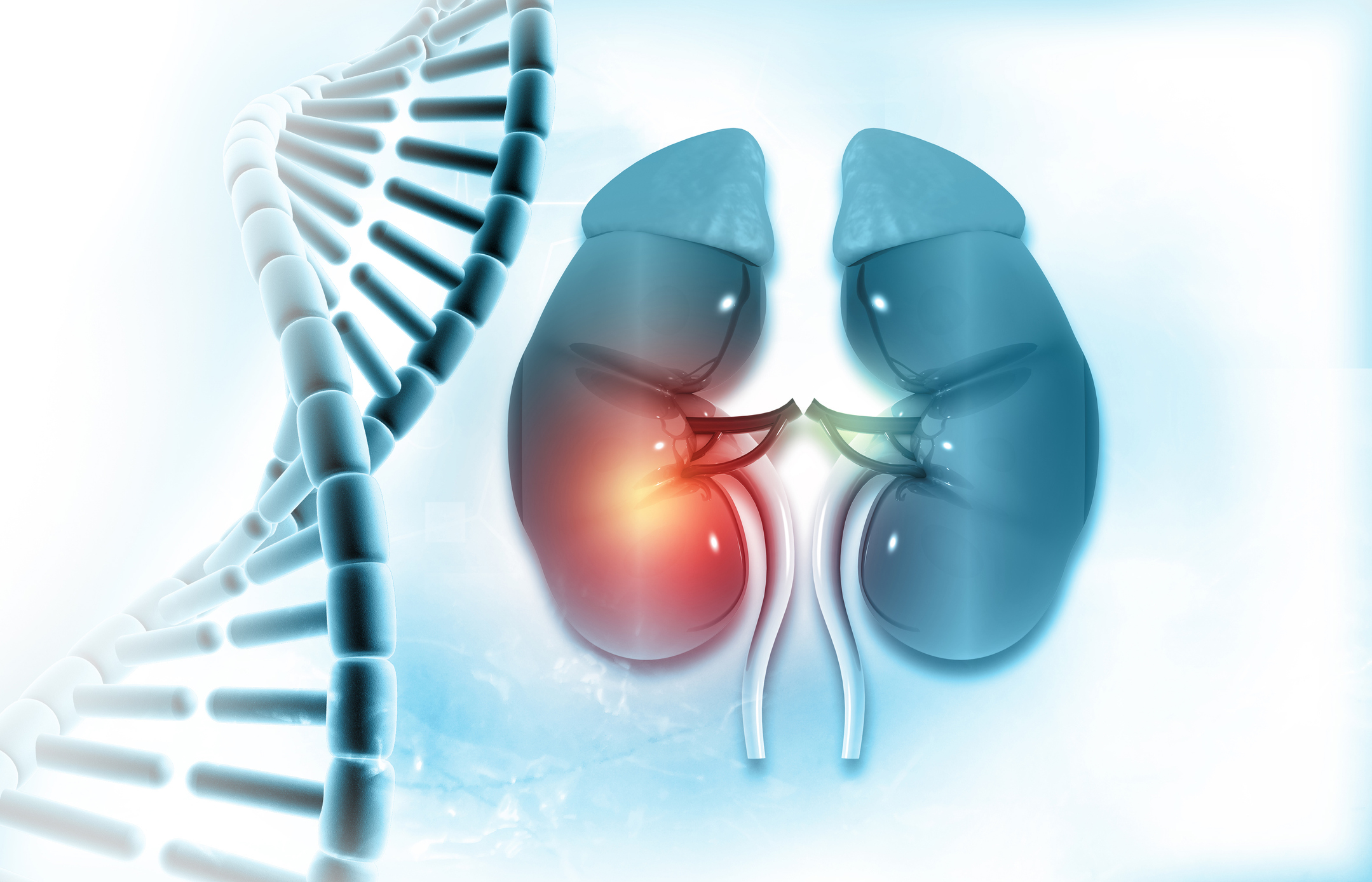50 New Genetic Links to Kidney Cancer Risk Found
A new look at the genetic risk for kidney cancer has found 50 new links that are associated with higher chances for developing the disease. Results of the multi-ancestry genome-wide association study (GWAS) were published in the journal, Nature Genetics.
Researchers are hopeful that these new findings can be used to advance the understanding of the molecular basis of kidney cancer, inform screening efforts for those at highest risk and identify new drug targets.
Brandon Manley, MD is a surgeon in the Genitourinary Oncology Department at Moffitt Cancer Center and one of the authors of the study. He points out that there are currently no routine screening guidelines for kidney cancer, which can lead to delayed diagnosis.
“Identifying certain patient populations across the world that may be at a higher risk of kidney cancer allows us as clinicians to better follow those patients or treat them differently than somebody in the general population,” Manley said. “It's only by identifying those patients who are really at the highest risk, we can get them into clinic sooner and get them on specific screening modalities that wouldn't be employed for the general public.”

This is not the first GWAS study to try to identify genetic links to kidney cancer. A previous study looked at people of European ancestry and identified 13 regions of the genome that are associated with kidney cancer risk.
For this latest study, researchers leaned partly on the Oncology Research Information Exchange Network (ORIEN) to pull patient data from many different genetic ancestries that included 29,020 people with kidney cancer and 835,670 people without kidney cancer. This new analysis found 50 new regions in patient genetic code that were associated with the risk of developing kidney cancer, bringing the total number of such regions to 63.
“The goal of this project was actually a dramatic expansion from a previous project that had been run through the NIH to recruit patients from non-European descent,” Manley said. “We were looking for patients who were not typical Caucasian, and also looking at some of the more rare histologies we see in kidney cancer. Not the most classic type, which is clear cell. We wanted to look at especially the papillary and chromophobe renal cell carcinomas, some of those other types to identify any genes that predisposed certain patients or populations of patients to kidney cancer.”
Among the newly identified genetic variants is in the von Hippel-Lindau gene, which is common in people with African ancestry and is associated with an estimated three times higher risk of developing clear cell renal cell carcinoma, the most common type of kidney cancer.
Finally, researchers used the study data to develop a measure of a person’s overall risk of developing kidney cancer, known as a polygenic risk score, that can be combined with established risk factors like high blood pressure, smoking and a high body-mass index to possibly enable earlier detection of the disease.
“The ideal situation is we can start being able to treat more patients with precision medicine,” Manley said. “We want to be able to treat patients at a very individual level instead of broad strokes where everyone gets this screening, or everyone gets this treatment. As we learn more about what predisposes people to kidney cancer, we can manage patients differently both before their diagnosis and after their diagnosis, but also for those patients who need more systemic treatment, usually those with advanced treatment, we may be able to use the patient's genetics to our advantage.”



